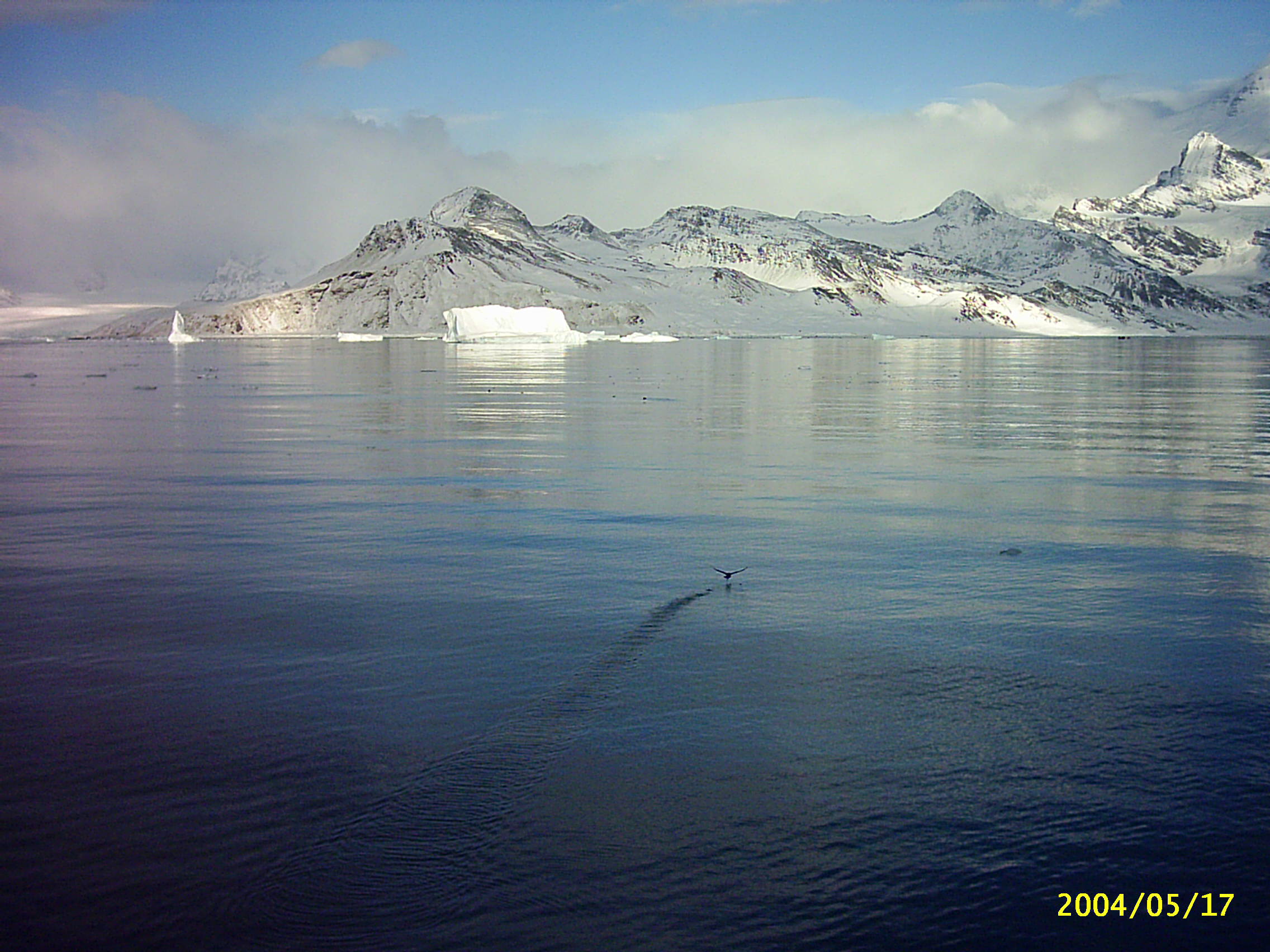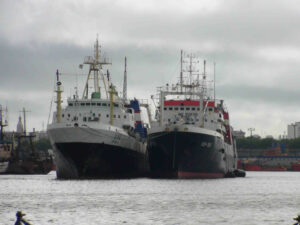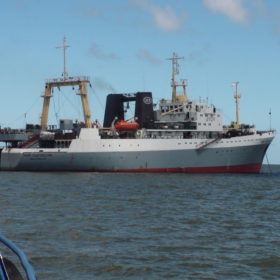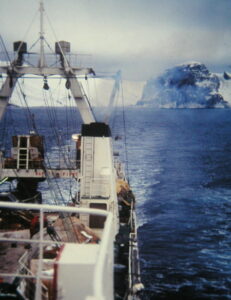Yes, and how to better understand it !
This has been the primary goal of a multidisciplinary team of scientists and researchers, studying this species throughout a 90-year timeframe.
The report addresses Antarctic krill and salps, both being major macroplankton contributors to the Southern Ocean food web, balancing commercial fishing and long-term sustainability.
Researchers collected available abundance data and combined into a central database, named KRILLBASE, together with environmental information, providing an updated version of KRILLBASE that contains data from thousands of net hauls and salp abundance, data collected by 10 nations and span 56 seasons in two epochs (1926–1939 and 1976–2016). The information is provided on how to screen, interpret and use KRILLBASE to reduce pitfalls in interpretation.
The report helps understand biological aspects that may impact future fishing krill activities. It divides the Southern Ocean into broad sectors to illustrate coverage of krill and salps, the latter broadly following that for krill. All in all, krill abundance varies greatly from year to year due to recruitment variability, among other factors.
The comprehensive data descriptions in this paper allow users to understand the breadth of the database and the main warnings that need to be considered to ensure that interpretations are realistic and valid.
See full KRILLBASE report KRILLBASE- a circumpolar database of Antarctic krill and salp numerical densities, 1926–2016.
To be updated on CCAMLR’s 2015 krill fishery report for FAO 48 Region, please visit CCAMR Report – CCAMLR Fishery Report Area48 2015








